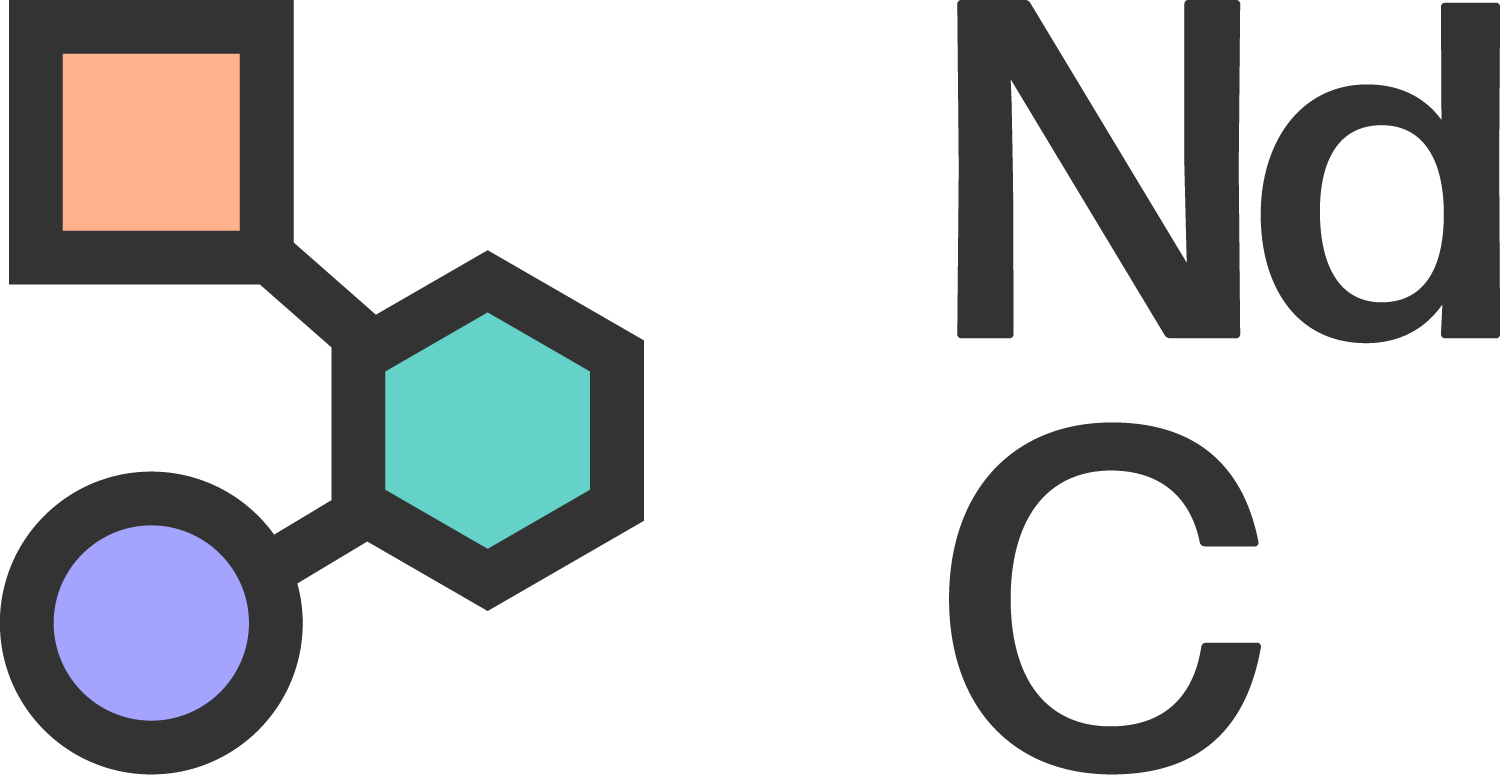Listening to Autistic voices: rejecting ABA’s harmful practices
As part of our series of ‘AGAINST PBS & ABA’ campaign blogs, this reflection, from our Guest contributor, emphasises the need to centre the lived experiences of Neurodivergent people in the pursuit of support that is respectful, inclusive and trauma-informed.
In recent years, a powerful shift has begun to take place within the Autism community – one led not by clinicians or academics, but by Autistic people themselves. More and more, Autistic voices are rising up to challenge long-held assumptions, demand meaningful inclusion, and question practices that have historically silenced or harmed them. Chief among these practices is Applied Behaviour Analysis, or ABA. While still widely used, ABA is increasingly being scrutinised for it’s roots, it’s methods, and, most importantly, it’s impact on the lives of Autistic individuals.
What is ABA?
Applied Behaviour Analysis is a behavioural intervention originally developed in the 1960s, primarily by psychologist Ole Ivar Lovaas. Rooted in behaviourist theory, ABA uses a system of rewards and punishments to ‘shape’ behaviour, often aiming to make Autistic individuals appear more ‘normal’ or neurotypical. On paper, this might sound like a structured way to teach skills. In practice, however, the reality is far more troubling.
For many Autistic people who have experienced ABA, it is not remembered as supportive or empowering – it is remembered as traumatic.
The harm behind the method
ABA’s emphasis is on compliance and the suppression of behaviours deemed socially undesirable, such as hand-flapping, avoiding eye contact, or not responding to commands. While these behaviours may appear unconventional to neurotypicals, they are often crucial coping mechanisms for Autistic individuals.
Imagine being told, day after day, that your natural ways of being are wrong. That in order to be accepted, you must perform a version of yourself that isn’t true. For countless Autistic people, this is exactly what ABA has demanded. It teaches that acceptance is conditional: you will be loved if you mask your true self.
This approach doesn’t just impact the child at the time – it leaves lasting effects. Autistic adults who went through ABA as children frequently report post-traumatic stress, anxiety, and a deeply ingrained belief that they are inherently flawed. Some even describe ABA as a form of conversion therapy.
Listening to lived experience
Too often, Autistic voices are left out of conversations about Autism. Instead, parents, therapists, and ‘experts’ speak over them – making decisions on their behalf, interpreting their behaviours, and prescribing interventions without including the people most affected.
This needs to change.
Autistic people are the experts of their own experiences. When they say that ABA caused them harm, we must believe them. Their testimonies are not isolated anecdotes – they form a growing and consistent body of evidence that challenges the mainstream narrative. If the aim of Autism support is to promote well-being, inclusion, and dignity, then it cannot ignore the very people it claims to serve.
“If we truly want to support Autistic people, we must start by acknowledging their humanity, their autonomy, and their right to be heard.”
Towards acceptance, not assimilation
The rejection of ABA is not a rejection of support – it’s a call for support that respects neurodiversity. Rather than trying to make Autistic people less Autistic, we should be focused on building environments where they can thrive as they are. This includes recognising sensory needs, embracing alternative communication methods, and fostering genuine social inclusion.
There are many alternatives to ABA that align with these values. Approaches such as Developmental, Individual-differences, Relationship-based (DIR) therapy, also known as Floortime, focus on emotional connection and mutual understanding. Occupational therapy, speech therapy, and assistive technology can also be tailored to meet individual needs without compromising identity.
But the foundation of all effective support is listening. Listening to Autistic people. Listening to their parents when they advocate in alignment with Autistic voices. Listening to the growing consensus that therapy must be trauma-informed, respectful, and collaborative.
A brighter, more inclusive future
The tide is turning. Increasingly, organisations, educators, and parents are recognising the importance of centering Autistic perspectives. Some countries are beginning to reevaluate their endorsement of ABA-based therapies, and more inclusive models of support are emerging.
But this progress is not guaranteed – it requires active effort. It requires questioning the status quo, challenging institutions, and, most of all, amplifying the voices of those who have been ignored for too long.
If we truly want to support Autistic people, we must start by acknowledging their humanity, their autonomy, and their right to be heard.
ABA may have been considered the gold standard once, but times change – and so must we.
Let us move forward with compassion, humility, and the courage to do better.

